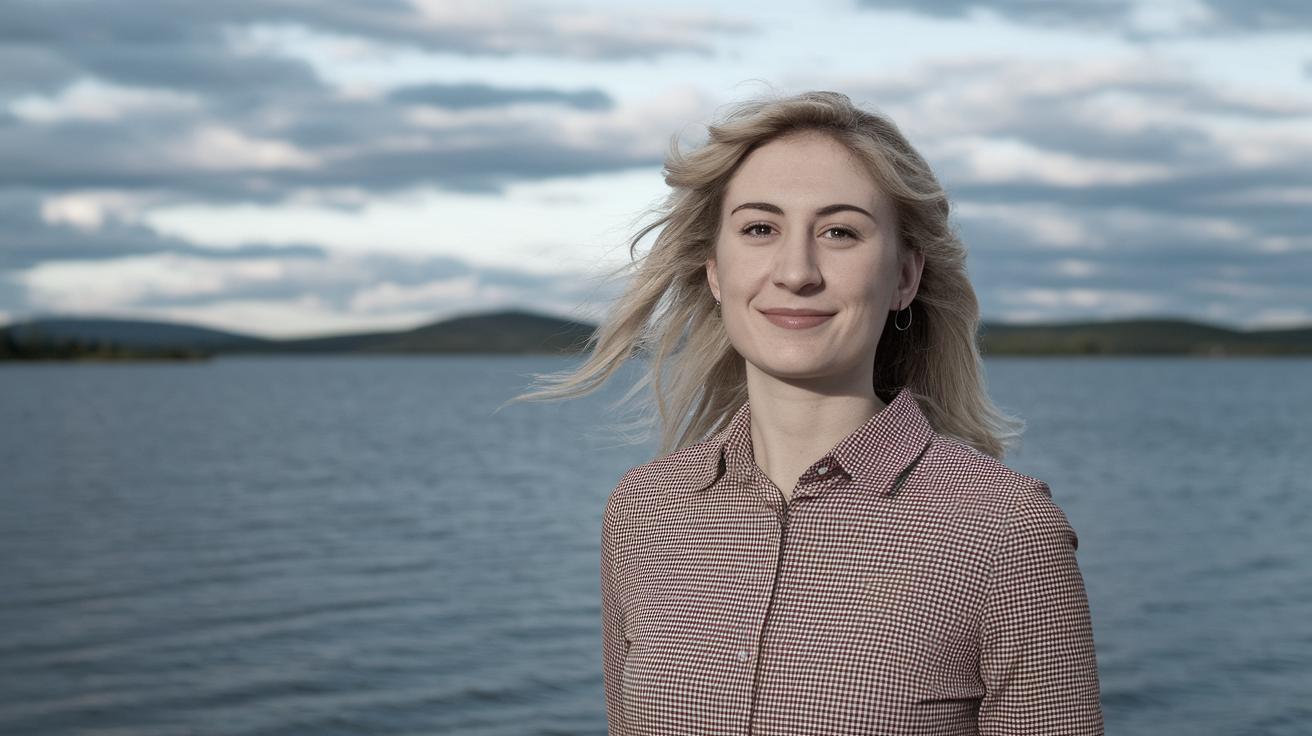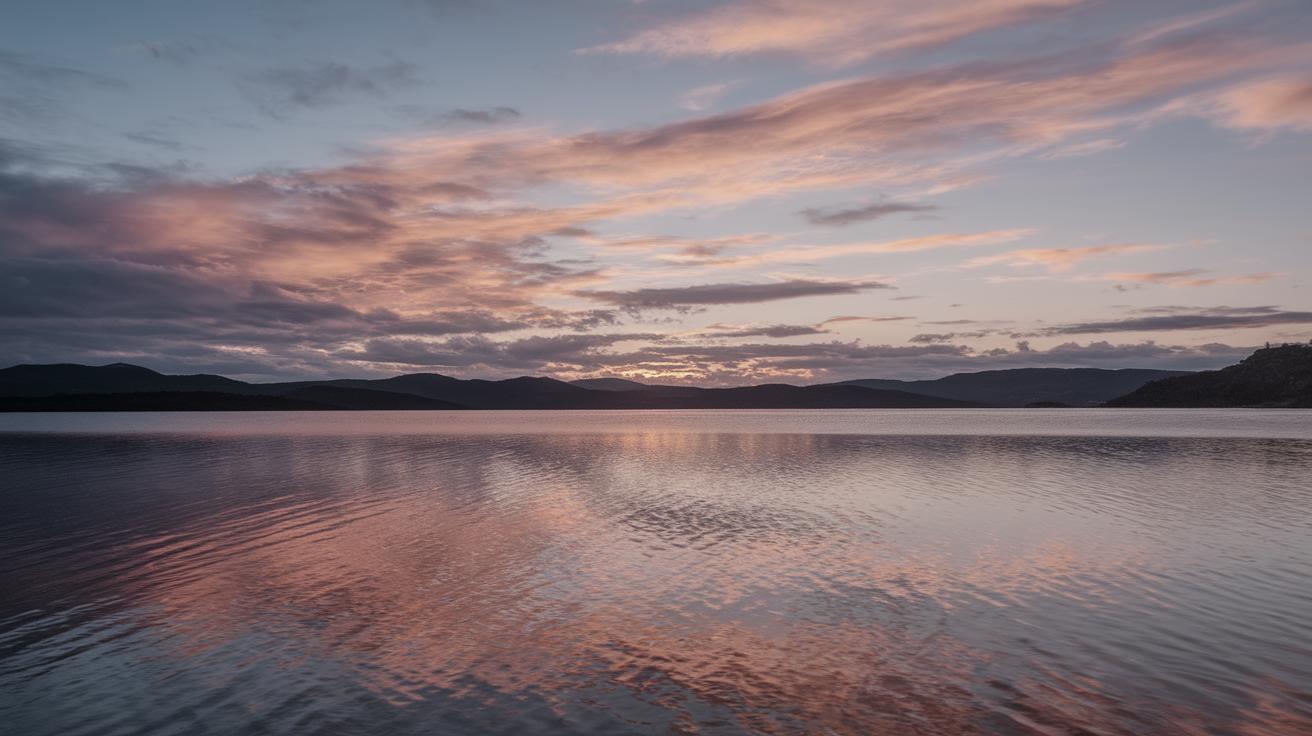The Impact of Background in Portraits
Portrait photography is an art form that combines creativity and technical skills to capture not just the appearance, but also the essence of a subject. Central to this art is the background, which plays a crucial role in enhancing the overall composition and mood of the portrait. This blog post delves into various backgrounds used in portrait photography, from the minimalist charm of seamless paper to the vibrant hues of color gels. Additionally, we will explore painted backdrops, DIY solutions, vintage fabrics, and more. Each background type contributes uniquely to the portrait’s storytelling, underlining emotions, themes, and aesthetics. Whether you are a professional photographer or a hobbyist, understanding these elements can elevate the quality and impact of your portraits.
Seamless Paper
Seamless paper is favored by photographers for its simplicity and easy setup, offering a clean and uninterrupted background that helps subjects stand out. This type of backdrop is ideal for achieving a sleek, polished look, often used in commercial photography and professional headshots. Its non-reflective surface ensures that all attention remains on the subject, free from any distractions.
Available in various colors, seamless paper allows photographers to experiment with different moods. A neutral gray can lend an air of professionalism and focus, while a bold red might convey energy and passion. Switching backgrounds becomes quick and efficient, making seamless paper a versatile staple in studio photography.
Color Gels
Color gels bring a dynamic edge to portraits, infusing them with a pop of color that can redefine the viewer’s perception of the image. These translucent sheets are placed over light sources to cast colored light onto the subject or background, offering endless creative possibilities.
When used on backgrounds, color gels can evoke emotions and highlight thematic elements. For instance, a blue gel can instill calm and serenity, whereas a red gel might suggest intensity and heat. Color gels can also be used to complement or contrast with the subject’s wardrobe, creating a harmonious or deliberately discordant visual experience.
Saturated Color
Saturated colors in portraits command attention, using vibrant hues to create dramatic effects and enhance the composition’s emotional impact. These backgrounds can transform mundane settings into visually striking backdrops that challenge traditional portrait norms.
By employing saturated colors, photographers can emphasize the subject’s features or create a particular atmosphere. Bright yellows, for instance, evoke cheerfulness and warmth, while deep purples can add a sense of luxury and mystique. Such backgrounds invite viewers to linger, exploring the rich textures and shades that complement the focal point of the portrait.
Painted Backdrops
Painted backdrops offer a timeless and artistic quality to portraits, often evoking a sense of nostalgia or classic elegance. These backdrops range from simple, abstract patterns to detailed, scenic representations. The tactile nature of painted backgrounds can add dimension and depth to an image, enriching the overall storytelling.
Handcrafted by skilled artists, these backdrops provide a unique sense of character and individuality, making each photograph distinct. They’re particularly effective in character-driven portraits, where the interplay between subject and backdrop can narrate a more compelling story.
DIY Backdrops
For photographers on a budget or those seeking originality, DIY backdrops present an opportunity to infuse a personal touch into portraits. These backgrounds can be fashioned from everyday materials, such as paper, fabric, or even natural elements. The DIY approach encourages experimentation and innovation.
Creating a custom backdrop allows photographers to express their creativity and align the setting with the subject’s personality or the shoot’s theme. Whether using painted cardboard, printed graphics, or textured fabrics, DIY backgrounds can capture unique and memorable images that resonate with authenticity.
Vintage Fabrics
Vintage fabrics can imbue portraits with a touch of nostalgia and sophistication, making them a popular choice for editorial and fine art photography. These textiles, with their intricate patterns and textures, add depth and history, serving as a visual reminder of a bygone era.
The use of vintage fabrics can also convey specific themes or emotional undertones, such as romance or melancholy. They provide a sense of drama and luxury, transforming the portrayal of subjects and enriching the narrative potential of the portrait.
Cardstock
Cardstock, with its sturdy and matte finish, is a practical solution for creating clean and uncomplicated backdrops. It is especially suitable for photographers seeking minimalistic or geometric aesthetics. Cardstock backdrops enable the focus to remain entirely on the subject, minimizing visual noise and distractions.
Available in a plethora of colors and textures, cardstock allows for easy customization. Photographers can craft a series of cohesive images by using consistent or contrasting colors to create thematic photo sessions. Its affordability and simplicity make it an excellent choice for both seasoned professionals and beginners in portrait photography.
Concrete
Concrete backgrounds introduce a raw, industrial aspect to portraits, often used in fashion and urban photography. The texture of concrete can add visual interest and a sense of edginess or ruggedness to an image. These backgrounds often complement modern or minimalist styles, providing an unpretentious canvas that contrasts with the subject.
The grey, neutral tones of concrete can be particularly effective in black-and-white photography, highlighting the subject’s features and expressions without overpowering them. Additionally, the interplay of light and shadow on a concrete surface can yield striking visual effects.
Further Inspiration
For photographers seeking further inspiration, considering the interaction between the subject and background can lead to innovative ideas. Observe how different textures, colors, and patterns interact with various lighting setups and angles to create striking portraits.
Exploration and experimentation are key; trying out unusual and unconventional materials can lead to unexpected and exciting results. Engaging with other photographers, participating in workshops, or embarking on collaborative projects can also stimulate creativity and broaden the horizons of what is possible in portrait photography.
Leave a Reply
Share your thoughts or experiences with different portrait backgrounds. Have you tried any unusual backdrops that transformed your images? What are your tips for creating compelling portraits? We’d love to hear from you!
| Background Type | Characteristics | Used For |
|---|---|---|
| Seamless Paper | Clean, non-reflective, versatile in color | Professional headshots, commercial photography |
| Color Gels | Dynamic, emotional, thematic | Creative effects, mood enhancement |
| Saturated Color | Bold, dramatic, attention-grabbing | Artistic portraits, thematic sessions |
| Painted Backdrops | Artistic, handcrafted, textured | Character-driven, fine art photography |
| DIY Backdrops | Custom, innovative, personal | Budget-friendly, personalized themes |
| Vintage Fabrics | Intricate, nostalgic, textured | Editorial, fine art photography |
| Cardstock | Sturdy, simple, color-rich | Minimalist, geometric portraits |
| Concrete | Textured, raw, neutral | Fashion, urban photography |


